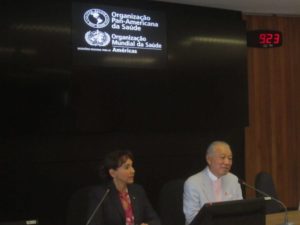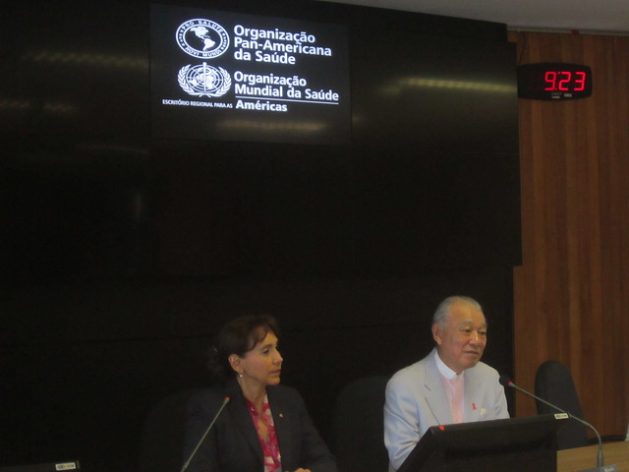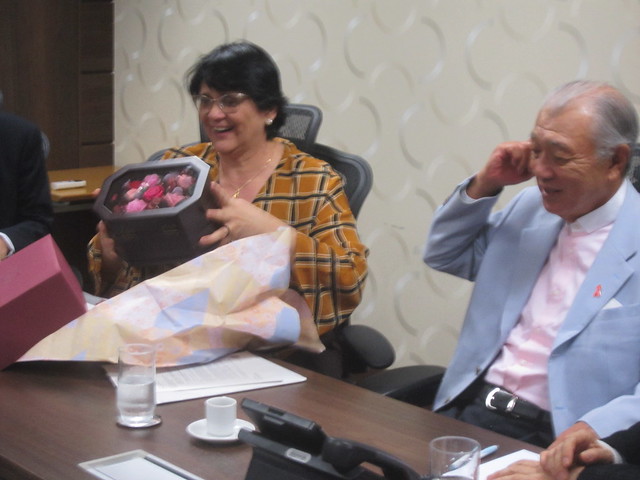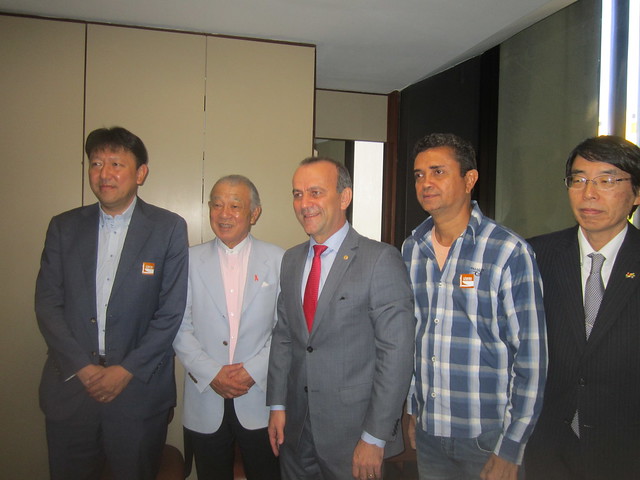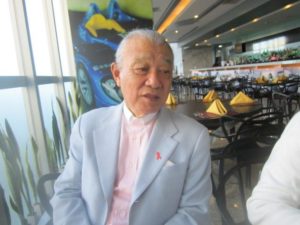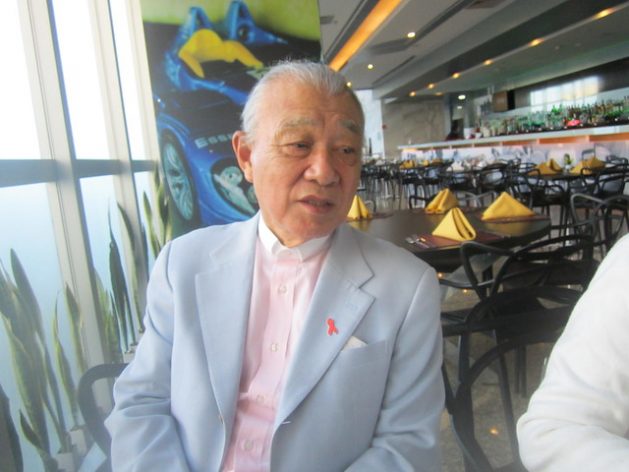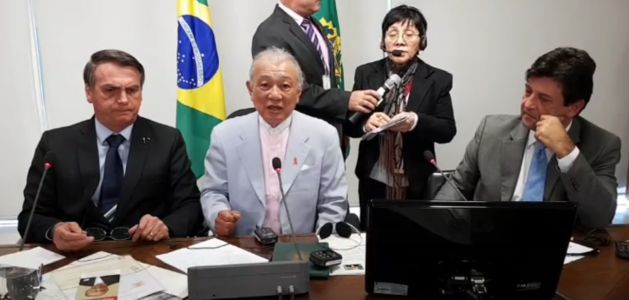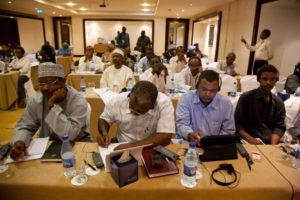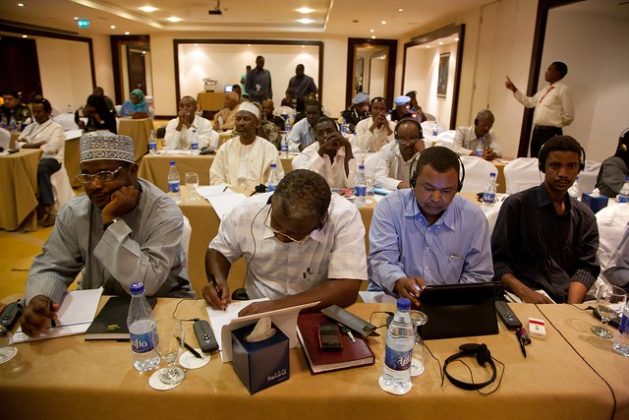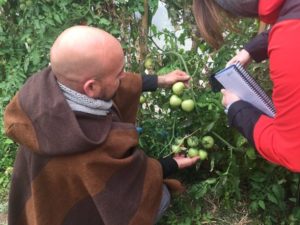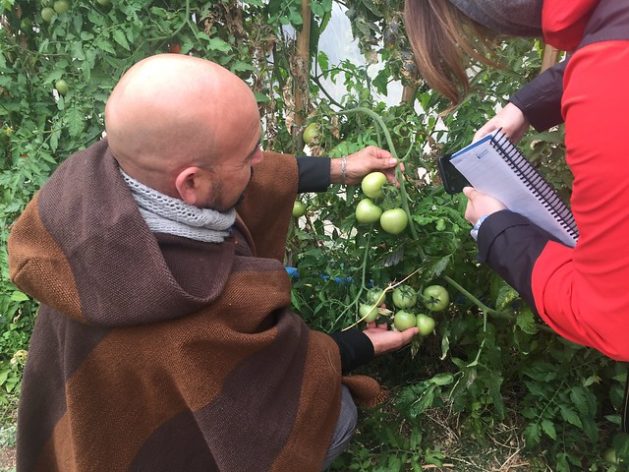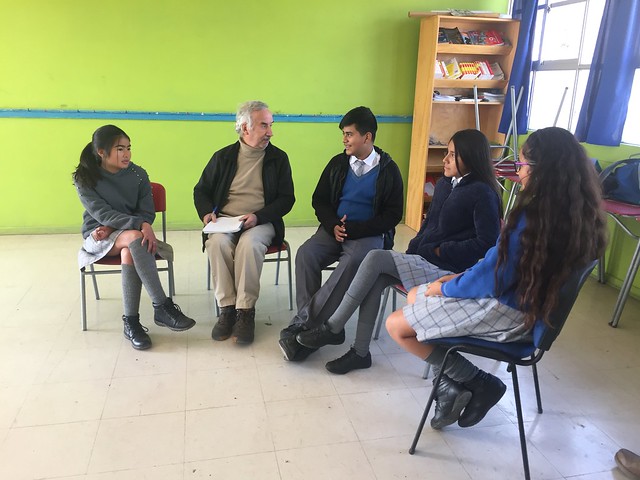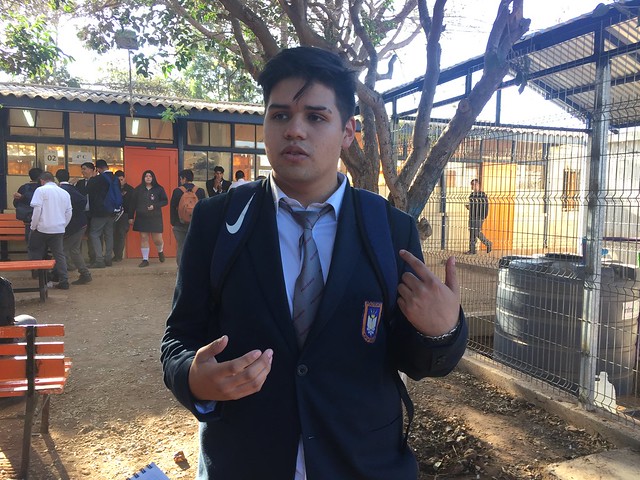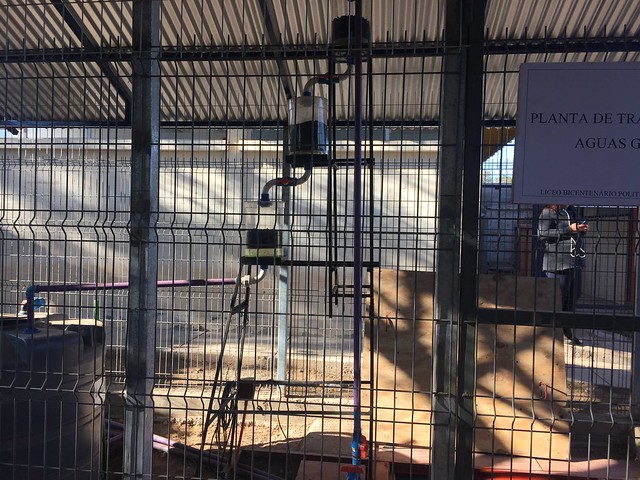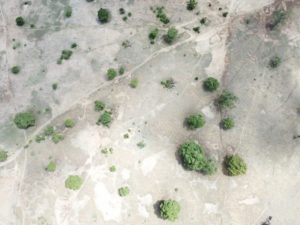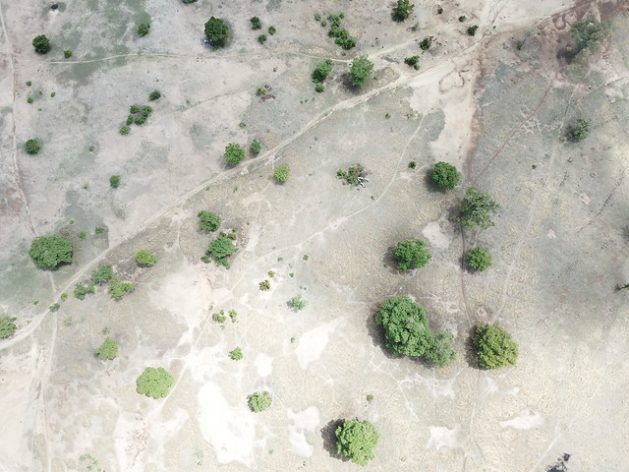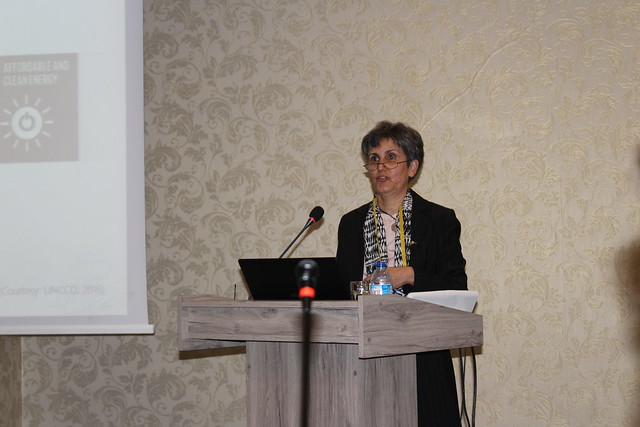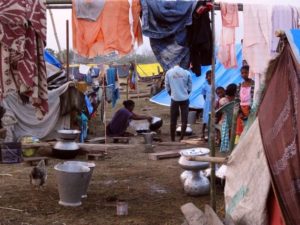
Aid, Civil Society, Development & Aid, Featured, Global, Headlines, Regional Categories, TerraViva United Nations
Paul Okumu is head of secretariat for the Africa Platform on Governance, Responsible Business and the Social Contract. He is also head of strategy at the Internet of Things Solutions Africa.
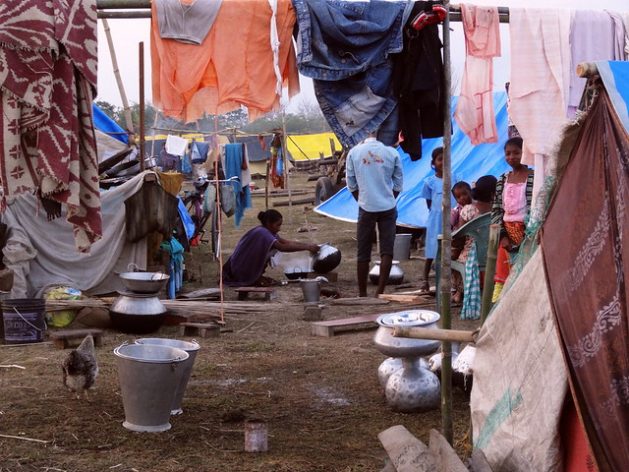
2.1 percent is the total amount of global funding that goes directly to civil society in the Global South. The remaining 97.9 percent is given directly to International Civil Society Organizations, who then sub contract 87 percent of the project delivery to Civil Society in the Global South to deliver on projects. Credit: Priyanka Borpujari/IPS
– Many NGOs around the world are fighting inequality between the rich and the poor, between the policies that make rich countries richer, and poor countries poorer. So while Civil Society Organizations claim to be equal and are are fighting together to secure space for engagement and to work, the bigger NGOs should also ask themselves why they are unwilling to let others who are less resourced take up the space where their voice can be heard. Why are they unwilling to fight policies that keep rich NGOs richer?
Here are some numbers to show you why this is a battle no Global NGOs is willing to take on.
2.1%
The total amount of global funding that goes directly to civil society in the Global South. The remaining 97.9% is given directly to International Civil Society Organizations, who then sub contract 87% of the project delivery to Civil Society in the Global South to deliver on projects.
This is according to the UN Office for Coordination of Humanitarian Affairs, and analysis based on working statistics from the OECD Data on allocation of funds to Civil Society and the DAC and CRS Code list.
Despite attempts by Southern Civil Society Organizations to reverse this trend, Northern NGOs have had the standard response for the past ten years “We acknowledge its a problem, but its more complicated than you think.” (Read the latest debate here during the Humanitarian Summit in 2016.)
Attempts to change for Humanitarian NGOs under the Grand Bargain campaign, has hit a deadlock because of very curious reason- disagreement on who is “local”. These goes to demonstrate just how embedded the INGOs are with their Governments.in one classic study, it was found that “while Syrian humanitarian actors were responsible for delivering 75% of the humanitarian assistance in 2014, they received only 0.3% of the direct and 9.3% of the indirect cash funding available for the overall Syria response. Despite their crucial role, Syrian NGO’s struggled to get their most basic costs covered in the sub-contracting and partnership agreements they have with international agencies. While international actors are all committed to transparency, 30% of the known funding remains unknown in terms of which humanitarian actor actually received the funding.” (Read Full study here)
$21,500
The average annual Salary of a Chief Executive from the Global South. This is equivalent to the average salary of a Junior Project Officer from any civil society Organization from the Europe or North America (including those working in the Global South) and is 11.6 times less than the average salary of a Chief Executive of the Civil Society in the North.
This is according to data derived from IRS Returns of NGOs in the US (Charity Navigator), the Report of the Charity Pay Study by the Third Sector , UK, studies in pay gap between local and international staff by Massey University, studies by Science Direct, Pay studies in developing countries such as Kenya, and analysis of advertised salaries for locals and international staff posted on the UN information and recruitment website Relief Web.
Chief Executives of Southern Civil Society that are considered International in Scope earn just slightly over $35,000 in annual pay-with one exception, BRAC. BRAC is an exception in that while it is technically a Southern NGO, it is considered the largest NGO in the world, and the most well funded, with a vast catalogue of social enterprises, government of Bangladesh Funding and Foreign Government grants for its mainly MDG-type development agenda.
According to a study by Global to Local “The issue of large salary differences between local and international NGOs/agencies 22 have a direct negative impact on capacity and capacity building for local organisations – not least when it comes to crucial staff positions such as project and finance staff. Continuously building the capacity of their staff, just to see them leave for better-paid positions with INGO’s and UN agencies (their so-called partners) is an uphill battle for local actors. One that continues to keep them locked into an ‘underdog’ position vis-à-vis international actors. This kind of continuous “brain drain” is global.”
90%
Percentage of local staff out of the total humanitarian workers in Syria who die in line of duty, according to a study mainly. This is mainly because the poor pay means local actors cannot afford the security measures needed to keep them safe, but also because being their community they tend to be closer to the conflict and respond with greater passion because International NGO Staff are either not in the field, or restrict their movements to security zones in conflict countries.This trend is noted in several other conflict areas around the world
99.1%
These studies also show that a record 99.1 % of NGOs in the Global South (that is nearly all of them) are working on a sub-grant basis by the International NGOs, meaning they effectively do not have an agenda of their own and must conform to what is known in the Development Sector as “Shifts in Donor Interests”. Hence, less than 10% of local NGOs are truly local. The negative impact of this on legitimacy, independence and objectivity of local Civil Society Organizations have been analyzed and documented. When asked why they do not give directly to local NGOs, Foreign Governments (commonly known as Donors) have given these five reasons since 1999 (they keep repeating it…See here in this article by BOND, for example;
“· Lots of southern and smaller CSOs do not have the capacity to fill in all our forms, let alone spend our money effectively.
· We do not have the administrative capacity to give smaller amounts of money.
· We need to channel money through a few, trusted partners so that we can manage risk and comply with our own rules.
· We have strict anti-terror and anti-money laundering rules that make giving directly difficult.
· We are under domestic political pressure to fund through CSOs in our home country.“
17.3%
The number of NGOs from the Global South that have access and resources to attend Global Platforms such as UN Meetings, OECD Sessions, World Trade Organization meetings or World Bank Meetings. Most Global Platforms are still a preserve of Northern NGOs.
If you include attendance by Global South sub grantees who generally represent the voice and Agenda of the main International NGO sub granter, this figure falls to less than 3%, meaning Global Advocacy is still for and about a Northern Agenda. For example, over 3000 NGOs engaged with the Intergovernmental process leading the development of the Agenda 2030 for Sustainable Development (commonly known as the SDGs). Of these less than 100, or 3.3% were from the Global South.
And this was only possible because of the push by Southern Member states for ECOSOC to dedicate special funding for Civil Society Organizations from the Global South. Interestingly this concern was analyzed as way back as 1999 by the Global Policy Forum. The CARDOSO Report raised a similar concern, even offering proposals, way back in 2004.Civil Society Organizations in the Global South are still waiting to have it resolved!
$300,000
The size of a project beyond which most European Governments require Southern Civil Society Organization to receive funding through a European NGO, and must have a European Staff to oversee all or part of the leadership of the project, paid for by the grant, at European Rates. This not only significantly depletes the resources available to the Southern Civil Society to implement projects, but forces to recruit European staff with discrepancy pay while deliberately undermining the ability of local Organizations to build their capacity.
8
The number of Governments and Philanthropists that account for 87.6% of Total Funding to Civil Society around the world.This is according to OECD figures and figures from Philanthropic Organizations. Within the OECD, five countries account for nearly 70% of AID to Civil Society Organizations. In 2018 these were the US, Germany,the UK, Japan (mainly to its own NGOs), and, France (primarily to NGOs in its former colonies).
Critiques have raised concern that with so few Governments controlling such a large number of Civil Society Organizations,they are likely to exert undue influence over Policies and advocacy, especially in the knowledge of the fact that all AID is intended to achieve the ever shifting terms for what is essentially a 3D Agenda as a form of soft power (Development, Defense and Diplomacy). Over the last ten years, the concerns have heightened, with Northern Governments accused of hiding behind Aid to control and shape friendly economic and social policies under the new AID Tendering system known as Request for Proposals (RFPs).
11.1%
The total number of Civil Society from the Global South that can afford the $4000 Travel and Accommodation Budget needed to attend WEF (the individual fee of $75,000 and annual institutional fee of $675,000 is waived for Civil Society). Most Southern Organizations have budgets that are tied to specific projects, making it almost impossible to get the extra funding needed to attend advocacy spaces such as WEF
So while Civil Society Organizations are fighting together to secure space for Civil Society, we who are already inside should also ask ourselves why we are unwilling to let others who are less resourced take up the space where their voice can be heard.

